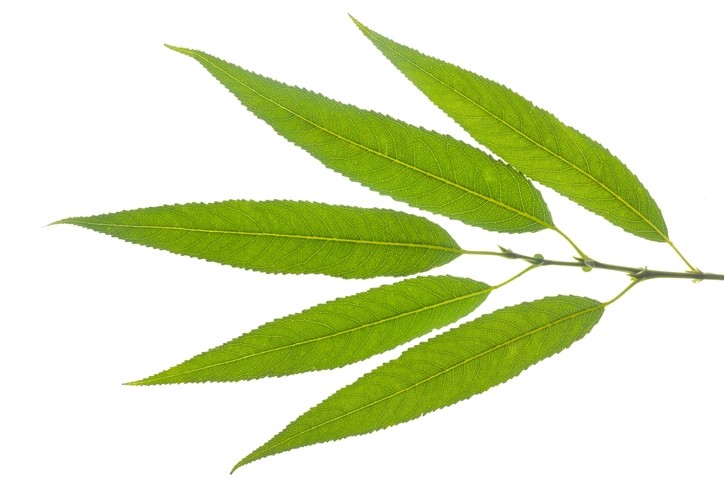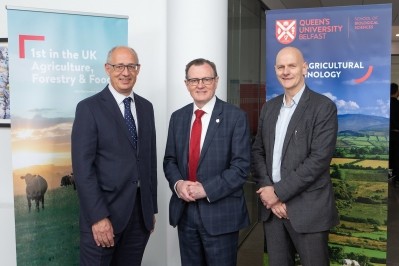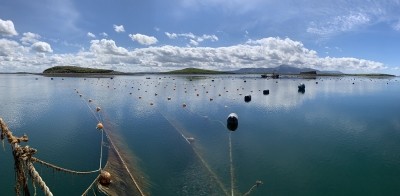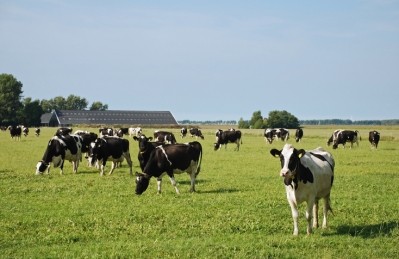Willow silage could reduce methane emissions in ruminants

Scientists at the Institute for Global Food Security (IGFS) at Queen’s University Belfast are investigating a range of sustainable, natural resources to see if they have potential to significantly lower agricultural emissions.
IGFS is already involved in a number of projects, local and international, investigating the use of seaweed as a feed supplement for farm animals in order to reduce GHG emissions. That research is now entering the farm-trial stage, said the team. The researchers say they are expecting reductions in methane and ammonia emissions of at least 30% from the seaweed feed.
In the latest initiative, IGFS is pioneering the use of willow tree leaves in the race to make farming more carbon-neutral.
Feeding trials
The Agrifood and Biosciences Institute (AFBI) Northern Ireland, with whom IGFS is collaborating on this project, harvests willow for biomass. The idea is to take willow leaves and branches left over from this process, and feed them to ruminant livestock, sheep in the first instance, to see the effect on emissions.
Early, in-vitro research at the IGFS aimed to evaluate the nutritive value of different willow varieties and their potential to reduce emissions due to their bioactive compounds: condensed tannins.
“Willow was compared with alfalfa, a forage with no tannins. Results indicated a high reduction in methane emissions – around 50% – when compared with the alfalfa," reported the institute.
The next stage is feeding willow silage directly to animals, with farm trials, using sheep, scheduled to begin in NI in early 2022. “Both ammonia and methane emissions will be measured, along with nutrient value, digestibility and rumen microbiome.”
Dr Katerina Theodoridou is the IGFS lead on the four-year, research project, which is backed by the UK's Biotechnology and Biological Sciences Research Council (BBSRC) and in which Reading University is also a partner. She said that willow definitely has great early potential but “we need evidence from the farms – very little data currently exists on willow silage.”
Another aspect of the project is the evaluation of the efficacy of willow trees as part of ‘agroforestry’, where trees are grown in pasture areas so animals can graze naturally on the foliage. As well as reducing the need for conventional silage, proponents of such as strategy say it has other benefits – such as improving soil quality, biodiversity and extending the grazing season.










